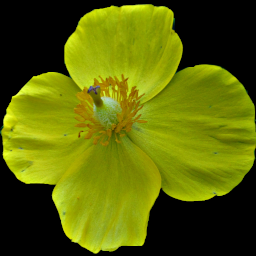Agrimonies are notoriously difficult to sort out, so we would welcome a correction if this identification is wrong.
These delicate racemes of yellow flowers appear in the open woods, and you are likely to miss them if you are not looking for them. The plants in these pictures were blooming in North Park in early August.
Older references usually list this as Agrimonia mollis, a synonym. Gray describes the genus and the species:
AGRIMONIA [Tourn.] L. AGRIMONY. Calyx-tube top-shaped or hemispherical, the throat beset with hooked bristles, indurated in fruit and inclosing 2 achenes; the limb 5-cleft, closed after flowering. Petals 5, yellow. Stamens 5-15. Styles terminal. — Perennial herbs, with interruptedly pinnate leaves, crenate-serrate leaflets, and small spicate-racemose flowers. Bracts 3-cleft. (Name a corruption of Argemone.)
Fruiting calyx more or less top-shaped, deeply furrowed.
Leaflets (exclusive of the little intermediate ones) chiefly 5-0, ovate to obovate or elllptic-oblong.
Rhachis appressed-vlllous or glandular-puberulent, without long widely spreading hairs.
Boots fusiform-thickened toward the end; lower surface of leaflets velvety-tomentose, scarcely or not at all resinous-dotted.
Larger leaflets 5-9, oblong or elliptical; fruiting calyx 4-5 mm. wide (exclusive of spreading hooks).
A. mollis (T. & G.) Britton. Grayish-pubescent, 6-15 dm. high; leaflets oblong, mostly obtuse, soft to the touch on both surfaces; fruit broadly top-shaped, the hooks borne on a broad disk, the outer widely spreading. (A. pubescens Wallr.?) — Open woods, dry ground, etc., Mass. to N. C, and westw.











